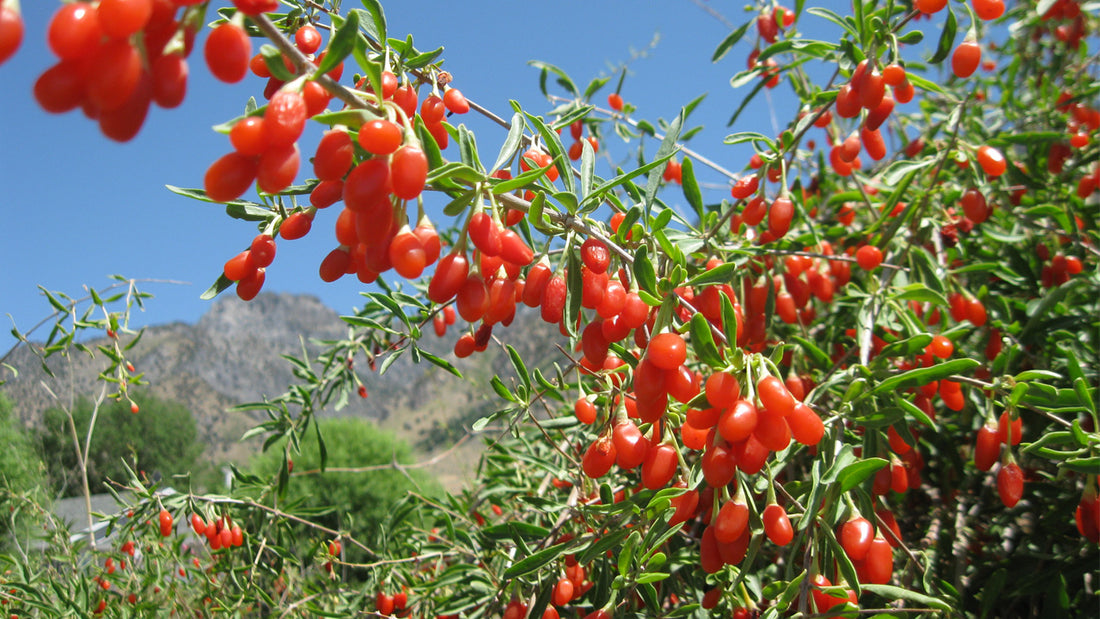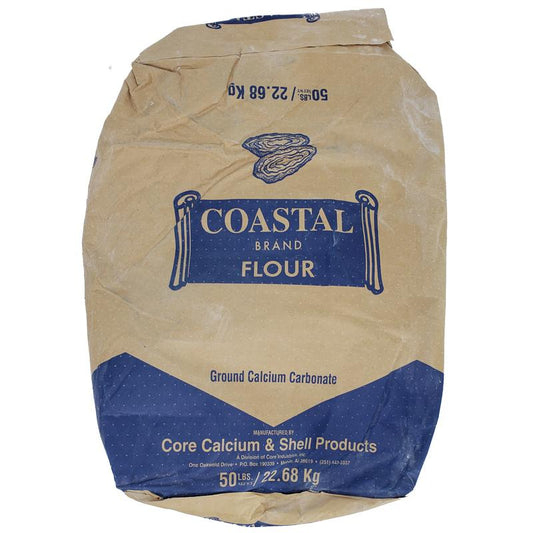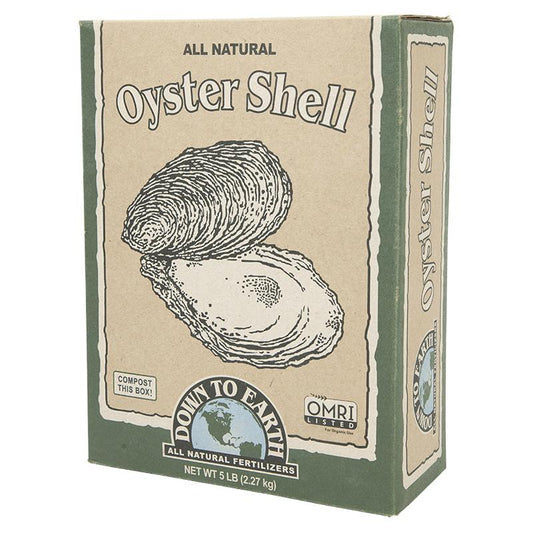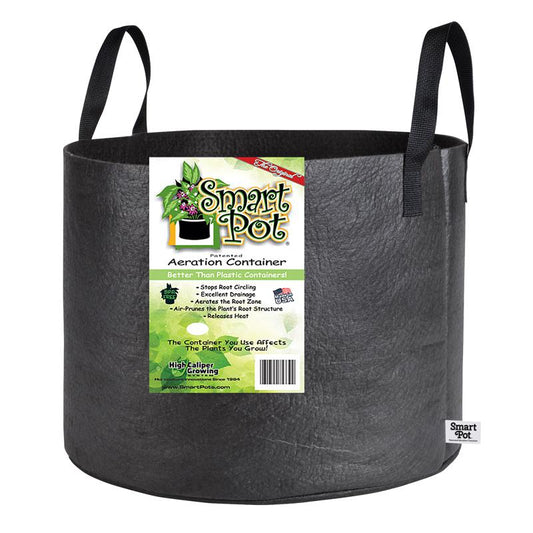What is a goji berry?
Goji berries, also known as wolfberries or lycium barbarum, are hardy plants that are drought tolerant, disease resistant and grow in zones 3-10 . A brightly colored orange/red fruit with a slightly sour flavor, they are considered a superfood because they are believed to boost the immune system and brain activity, protect against heart disease and cancer, and improve life expectancy.
Native to Asia and long-prized for their health benefits, goji berries are loaded with antioxidants and have high concentrations of vitamin B, C, and amino acids. They are often made into juice, herbal teas or eaten fresh as a snack in trail mix. Dried goji berries are popular snacks.
These plants are easy to grow in your own backyard. They will fruit and flower throughout the summer until the first frost. If left unpruned, they can grow as tall as 10-13 feet with a spread of about 4 feet.
How long does it take goji berry trees to bear fruit?
You will get limited fruit in the first year, but the second year on you’ll get a full crop.
Getting started growing
You can start your goji berry adventure three ways. You can start by planting seeds, which will take the longest to bear fruit.
Alternatively, you can start by planting a root crown cutting, which will produce fruit faster than seeds.
The fastest way to start is with a potted plant.
The delicious outcome will be the same, but how long it takes to get there will vary.
Two ways to grow Goji berries at home
In a container:
- Goji berries love growing in containers. You’ll get a more compact plant while the container prevents the roots from spreading, like raspberries. Goji berries put down a deep tap root, so the minimum size container should be 5 gallons.
In the ground:
- Starting with a pulp pot, it can be planted directly in the ground (pot and all) after you see 6-8” of growth.
How to plant a bare root Goji berry
- Before planting, soak in water for 15 minutes to 1 hour
- With your bare root in the center of your pot, fill the container with potting soil up to the crown of the bare root (Avoid using peat moss as it’s too acidic). The crown is where the bare root starts. The crown should be the same level as the top of the soil.
- Water the plant and add additional soil if the soil settles below the crown
- Place in full sun
- Keep the plant moist
- Give the plant about an inch or two of water every week
- Do not apply any nitrogen and they really don't need any fertilizer
Transplanting your Goji berry plant into the ground
After you see 6-8 inches of growth, your new Goji berry plant is ready for the ground, fiber pot and all. Follow these simple planting steps:
- Locate a spot with full sun, although they can tolerate partial shade
- Test the pH of the soil to be sure it’s between 6.8 and 8.1
- If your pH is low, just add some oyster shell flour
- Plant each Goji berry plant at least 2 feet apart
- Goji berry plants can be trained like a grape vine on a trellis or left as a shrub
Note: Do not apply any nitrogen and they really don't need any fertilizer
How to prune a Goji berry plant
- Don’t prune a Goji berry plant in the first year
- In year 2, choose a main shoot and prune all others below it about 15” from the ground
- When the plant reaches 2 feet tall in the summer, pinch out the growing tips to cause side branching where the fruit will be born
- After your main structure is established, just prune back to the height you want to keep it
- Always remove branches within 15” of the ground
- Prune any unproductive branches
- Thin out branches after the berry season
Enjoy our collection of goji berry plants for sale!
Free Download Growing Guide
 Goji Berry Planting and Growing Guide
Goji Berry Planting and Growing Guide









42 comments
Andree, have you measured your soil pH and the levels of phosphorus in your soil? Usually when a plant does not produce flowers it is a problem with their nutrient levels in the soil, in particular, phosphorus. Goji berries also need a more alkaline soil than most plants. So combined with getting your soil pH correct and increasing your phosphorus, your plants should be producing more fruit the following year.
I bought a gogi plant 5 years ago. I transplanted it in a larger pot that I burried in the ground (did not want it to spread like raspberries). It is in a sunny spot, near the rhubarb which is doing very well. I live in zone 5A.
It greens very well in the spring but no flowers. This spring for the first time I saw very few white flowers but they produced no berry. Last year and this year I saw a few purple blooms at the end of August-beginning of September which of course will turn into nothing.
Any suggestion or do I just throw it in despair? Thank you for any useful response.
Tish, a couple of things to consider, how is the pH of your soil. Goji berries like a more alkaline soil. Also how much phosphorus is in your soil? Plants need phosphorus to flower and produce fruit so you may be lacking that element. Maybe some bone meal. That will help raise the pH and also provide some phosphorus.
Hi there. My goji berry was a potted plant I put in the garden 7 yrs ago. I’ve trimmed the bush but have had no berries. I’ve seen a few flowers but no nerries. It does make lots of baby plants that I pass on.
Why no berries?
Thank you.
EMJ, I think they turn from green to red. However there are black goji berries. Do you know what varieties you planted? We sell the Phoenix Tears, which product red berries when ripe. They are hardy to zone 3, so they should be ok with a light frost. They do need more alkaline soil so you might want to check your soil’s pH and add some lime if your soil is too acidic.